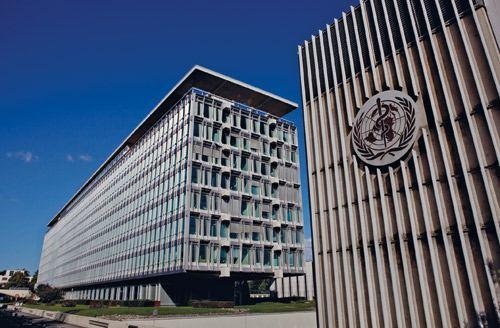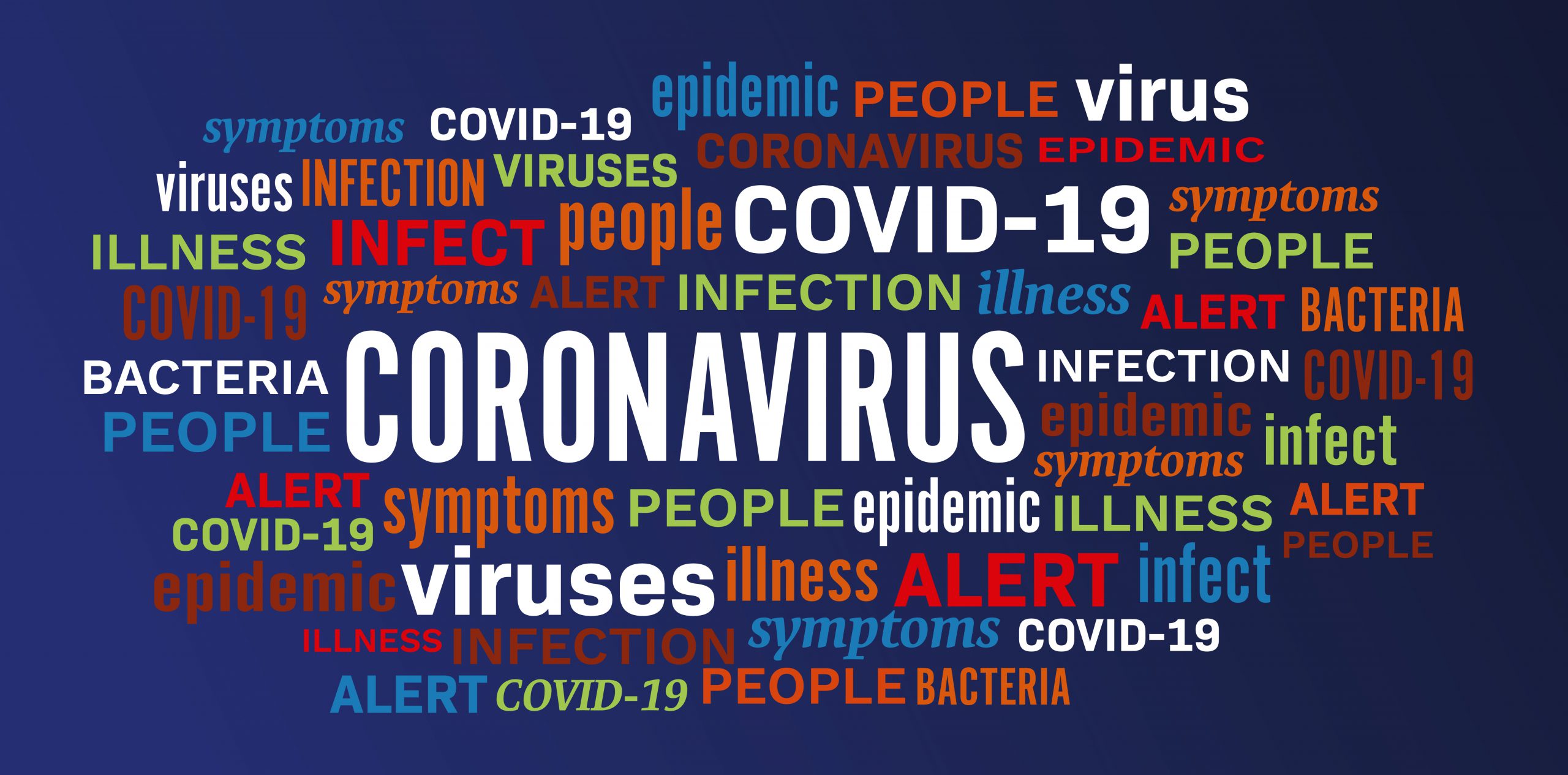Close
World Health Organization
The World Health Organization is one of the United Nations agencies whose most important goal is to coordinate and improve the public health conditions. The WHO was established in 1945 with the approval of the General Assembly of the United Nations and adopted its constitution in 1946. The constitution came into force on April 7, 1948, which later known as World Health Day.
The World Health Organization is responsible for guiding and coordinating the promotion of people’s health within the framework of the United Nations. The organization`s experts set health standards and help countries deal with health problems. According to the WHO, the main goal of the organization is to "achieve public health at the highest possible level as the most fundamental right of every human being, regardless of race, religion, political beliefs, economic status or social status". According to this organization’s policies, health is a condition in which a person`s physical, mental, and social condition should be perfectly decent and is not limited to the absence of illness or disability.
At its first meeting in 1948, members of the World Health Organization chose global health priorities for malaria, mother and child health, tuberculosis, sexually transmitted diseases, nutrition, and environmental health, most of which are still global health concerns.
One of the most important steps taken by the World Health Organization in combating the spread of infectious diseases is the development of international health laws, which oblige countries to identify and control these diseases. In 2005, during a new review of the rules, SARS and new forms of the flu were added to the list of serious diseases. Another innovative move is the establishment of the Center for Strategic Health Operations, which uses the latest technologies in the field of epidemics of diseases and natural disasters to coordinate information and actions between different countries around the world. Given the prevalence of chronic diseases and lifestyle changes in poor and rich communities, the organization has developed a global strategy of nutrition and health to fight against heart disease, stroke, cancer, and diabetes. At the United Nations third millennium session, health became the center of development, and three of the eight main goals of development goals in the third millennium were directly related to health, and the rest were related to health indirectly.
Structure of the World Health Organization
The member countries of the World Health Organization send representatives to the World Health Assembly, which are the main decision-making body of the organization. The member representatives come together annually at the organization`s headquarters in Geneva, and in addition to appointing the organization`s secretary-general for five years, they review the organization`s financial policies and approves budget proposals for health programs. The implementation of the decisions and policies of the Assembly is carried out by the executive board of the WHO. The board consists of 36 health professionals selected by the Assembly for 3 years. Also, the secretariat of this organization has the role of providing technical and managerial assistance to member countries to propose development programs for their country. All members of the United Nations can become members of the World Health Organization. Other countries can become members if their membership application is approved by the World Public Health Assembly. Currently, 193 countries are members of this global organization.
The World Health Organization is headquartered in Switzerland.

Budget of the WHO
The World Health Organization provides funding through membership fees and voluntary donations from countries and organizations. These credits are spent in the following four general areas:
- Basic health interventions, including epidemic control
- Health system policies and products, including the quality of medicines and technologies
- General health determinants including nutrition and smoking
- Effective support of member countries including management and information technology
75% of this credit is spent in the representative offices and regional offices and 25% in the central office of the organization. More than 30 percent of the World Health Organization`s funding is spent in Africa.
World Health Organization activities
The priority of this organization, according to its statutes, is to determine the direction and coordination of management in all international health activities. This objective allows member states to identify difficulties and health problems that have priority around the world, and to think of strategies, principles, and programs that collectively impact these policies to achieve the goal. The organization also has a special responsibility in determining and promoting international standards in the field of health. These responsibilities are in the following areas:
- Prevention and control of specific diseases
- Development of comprehensive health services
- Family health
- Environmental Health
- Health statistics
- Biological research
Prevention and treatment of specific diseases
Almost all infectious diseases have been the subject of the World Health Organization, or are now the subject of the organization`s activities. Smallpox eradication is an example of international health cooperation, and the organization is now leading the global fight against AIDS. The World Health Organization also focuses on non-communicable diseases (cancer, cardiovascular disease, mental disorders, oral diseases). The organization`s main focus now is on the emergence of Covid-19.

The development of comprehensive health services
The most important activity of the World Health Organization is to expand and support international health policy and to publicize the comprehensive health program of countries. The World Health Organization has been a major player in promoting national, regional, and global health strategies for all until 2000. Environmental health has always been an important activity of the World Health Organization. The organization is pursuing new activities to protect the quality of water, air, food, occupational health, and radiation protection, as well as early detection of new risks posed by technological advances.
Health statistics
Since its foundation, the WHO has focused on the publication of a variety of health and mortality statistics on health problems.
The data is published as follows:
- Weekly epidemiological report
- World Health Statistics Quarterly
- World Health Statistical Yearbook
Biomedical Research
The World Health Organization is strengthening and coordinating research work and has established a global network of partner centers for the WHO. In addition to promoting research, the WHO awards incentives to researchers and research centers. The WHO operates as a center for collecting, reviewing, and exchanging information on health issues; and its publications cover hundreds of topics on a variety of health subjects.
Just Take The First Step...

 Military Shoe
Military Shoe
 Safety Shoe
Safety Shoe
 Work Wear
Work Wear
 Office Shoe
Office Shoe
 Hiking Shoe
Hiking Shoe












